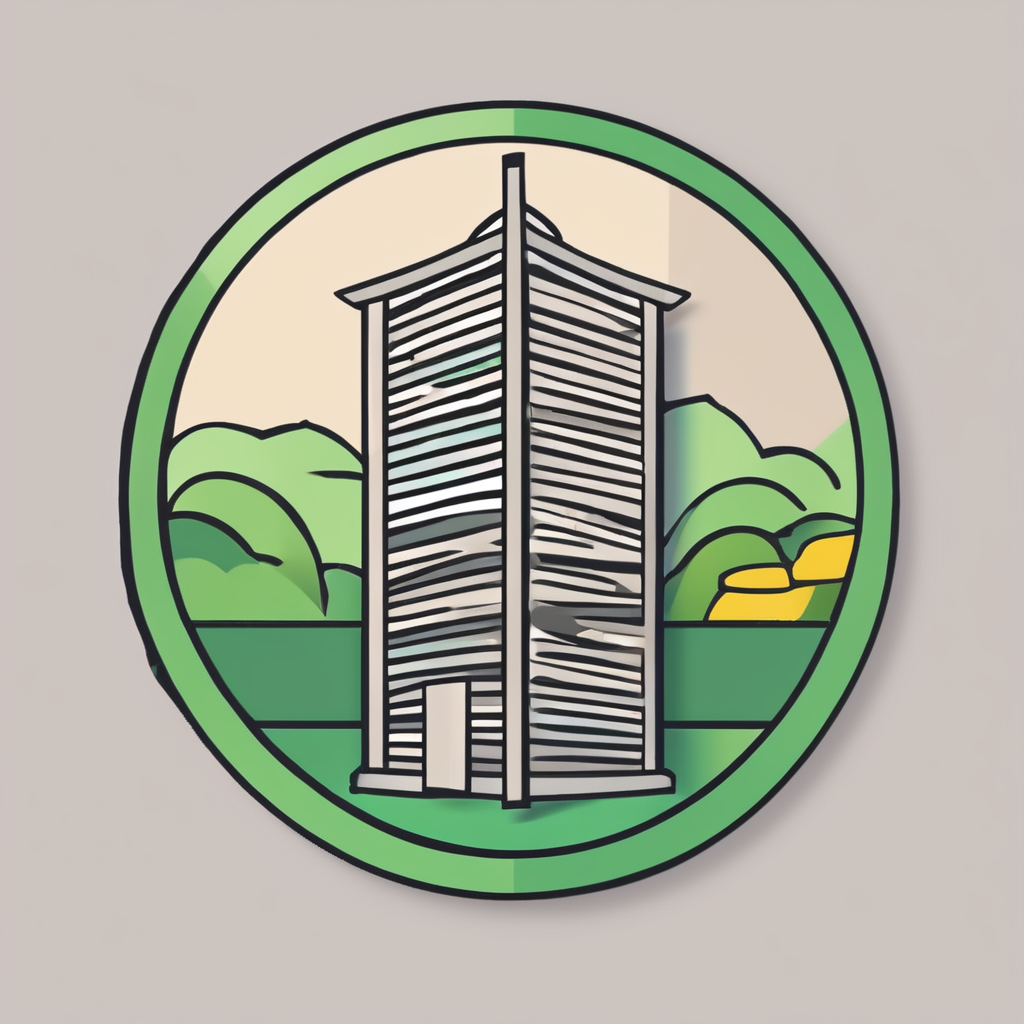Welsh Sheep Shearing Heritage: History and Significance
Discovering the Welsh sheep shearing history reveals a centuries-old tradition deeply woven into the fabric of rural Wales. This craft began as a practical necessity, with early shepherds shearing sheep to harvest wool for warmth and trade. Over time, it evolved into a cornerstone of Welsh traditions, reflecting the rhythms of rural life and the country’s pastoral economy.
Sheep shearing holds profound cultural heritage importance, symbolizing community cooperation and seasonal cycles. In many Welsh villages, shearing season marks a festive period where families and neighbours unite, blending work with social celebration. The wool industry, driven by these shearing practices, historically shaped local economies, supporting livelihoods and regional identity.
Additional reading : What are the best hiking trails to explore the UK’s natural beauty?
Folklore and customs enrich this legacy, with tales of skilled shearers who passed down techniques and tales through generations. Traditional songs and storytelling during shearing periods also preserved the spirit of Wales’s rural culture. Thus, sheep shearing is much more than an agricultural task; it is a vibrant expression of Welsh identity and pride in Welsh sheep shearing history and its living heritage.
Major Welsh Sheep Shearing Festivals and Events
Welsh sheep shearing festivals play a vital role in celebrating this agricultural tradition. These Welsh rural events attract locals and tourists eager to witness the skill and speed of seasoned shearers. The most prominent annual sheep shearing competitions in Wales showcase the craftsmanship that echoes centuries of Welsh sheep shearing history.
Also to see : Experience stunning scenery: explore dorset’s majestic coastal cliffs through your camera!
Events often include regional highlights, where communities bring unique customs and styles to the festivities. For example, competitions focus on precision shearing techniques, combining speed and wool quality assessment. These gatherings not only honour traditional skills but also foster community spirit and promote the cultural heritage tied to sheep farming.
Key locations such as market towns and rural hubs become vibrant with activity during festival season. Each venue offers distinctive features—from live music and local food stalls to family-friendly displays—making the experience rich and engaging. These events serve as living exhibitions of Welsh traditions, connecting modern audiences with the enduring legacy of sheep shearing in Welsh life.
Welsh Sheep Shearing Heritage: History and Significance
The Welsh sheep shearing history dates back centuries, beginning as a vital agricultural practice essential for wool harvesting and community survival. Rooted in the pastoral landscapes of Wales, sheep shearing gradually evolved from mere necessity into an emblem of Welsh traditions that encapsulate rural life rhythms and economic sustenance. This transformation underscored its value beyond farming, embedding shearing into the broader fabric of Welsh identity.
Culturally, sheep shearing became a communal event rich in meaning. Villagers gathered not only to shear but to celebrate cooperative spirit and seasonal renewal, reinforcing their ties to one another and the land. The shearing season often inspired local customs, including songs and folklore, which narrated tales of expert shearers and passed down specialized techniques from generation to generation. These legends enhanced the cultural heritage surrounding shearing, highlighting its role as a living tradition.
Economically, the wool industry fueled by consistent shearing activities provided vital income to Welsh rural communities. The combined cultural and economic dimensions of sheep shearing demonstrate its enduring significance within Welsh history and the ongoing celebration of Welsh sheep shearing history remains a testament to the spirit and resilience of rural Wales.
Welsh Sheep Shearing Heritage: History and Significance
The Welsh sheep shearing history traces back to early agrarian times when wool was a vital resource. Initially driven by survival needs, shearing became a skilled craft essential to Wales’s rural economy. The practice evolved as communities refined techniques, marking it a fundamental aspect of Welsh traditions tied to seasonal cycles and pastoral life.
Culturally, sheep shearing fostered rich cultural heritage expressions. Villagers gathered to share work and stories, embedding customs into the rhythm of rural existence. Folklore often celebrates expert shearers, with songs and oral histories preserving knowledge across generations. These tales highlight the social significance shearing held beyond its economic role.
Economically, wool production provided critical income, sustaining many Welsh rural communities. The interweaving of cultural pride and economic necessity has secured sheep shearing a lasting place in Wales’s identity. Understanding this heritage reveals how the craft’s development reflects both the resilience of rural life and the importance of maintaining such traditions within Wales’s evolving social fabric.
Welsh Sheep Shearing Heritage: History and Significance
Welsh sheep shearing history began as a vital necessity, evolving into a skilled craft deeply rooted in Welsh traditions. Early shepherds developed efficient shearing methods to harvest wool, a critical resource that supported rural economies. Over centuries, this practical task became embedded in the cultural heritage of Wales, symbolising the close relationship between communities and the land.
The economic impact of sheep shearing in Wales was considerable. Wool production sustained local markets and provided income for farming families. This economic reliance encouraged the refinement of shearing techniques, blending speed and precision—a legacy celebrated in regional customs and stories.
Iconic customs emerged around shearing season, where villagers gathered to not only work but celebrate communal bonds. Folklore often features expert shearers, highlighting their skill and lore passed through generations. Songs and tales served as oral histories, preserving these practices amid changing times. These traditions exemplify how Welsh sheep shearing history remains a living, dynamic element of Wales’s rural identity, linking past and present through shared labour and cultural pride.

